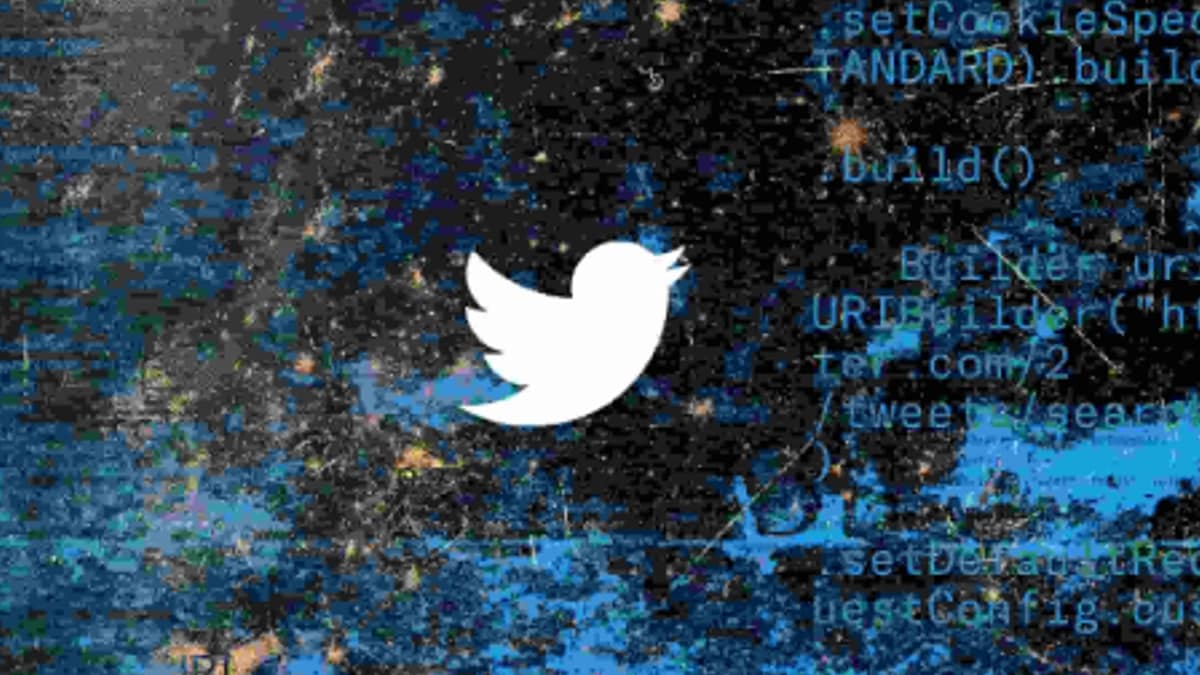
Elon Musk has good reason to laugh at those naysayers who predicted Twitter would crash as soon as he laid off half its workforce. Without engineers to keep it going, opined the critics, the platform would collapse. Two months later, the social media site is still alive and may have even grown.
Its demise, however, is still possible. Not because there’s a lack of talent to catch software bugs or keep the servers running, but because its time may have come. Recent gimmicks include reinstating banned accounts, introducing blue ticks for all, and pseudo-democratic policy decisions. At first glance, none of these alone herald impending doom, merely the whims of a billionaire showing off his new play toy.
But history may show this as the moment Musk jumped the shark. That term comes from the 1970s American sitcom Happy Days, which starred Henry Winkler as the leather-jacketed Fonzie and Ron Howard as freckle-faced Richie Cunningham. At the time, the series was one of the top-ranked shows on US television. By season five, though, its writers were getting desperate for new ideas, so they had The Fonz do a water-ski jump over a shark. That episode, although a ratings success, showed how farcical the producers had become in chasing attention.
The show went on for another six seasons, but the audience started to lose interest and its ratings slid dramatically. Jumping the shark didn’t kill Happy Days, but it signaled a peak in relevance and popularity.
Thirty years later, similar desperation could be seen on the faces, and checkbooks, of executives at News Corp. Eager to get into the hip new arena of internet social media, Rupert Murdoch’s multinational conglomerate in July 2005 spent $580 million to take over MySpace.
At the time, MySpace had 16 million users, making it the US’s fifth most-visited website and the world’s premier social networking platform. Murdoch saw it as a chance to drive users to his other properties, including websites for the Fox brand of news, sports and film. (Disclosure: Two years later, News Corp. bought Dow Jones and The Wall Street Journal, which compete with Bloomberg in the market for financial news and information).
Beyond millions of users, the purchase gave Murdoch’s team what they desperately craved: chic. Instead of buying physical newspapers or tuning into cable news shows, youngsters of that era were spending more time at a computer writing their own content and sharing updates with friends. His humble roots in Adelaide, Australia, coupled with decades in London’s cut-throat newspaper market, had made Murdoch rich and powerful, but it didn’t make him cool. For that, he turned to the Los Angeles-based web wizards.
Although MySpace continued to grow, hitting 100 million global users a year later, it was losing its novelty value to a hip new startup out of a Harvard University dorm room. In 2008, Facebook overtook MySpace in web traffic.
Musk could learn a lot from Murdoch’s mistakes, though he probably won’t.
Eager to monetize MySpace, and hit a publicized target of $1 billion in ad revenue by 2008, News Corp. started force-feeding ads to the site’s users. Tensions escalated between the website’s founders and the team Murdoch brought in to run it. Innovations aimed at making it more usable, such as cutting the number of pages to be loaded, were nixed by the new owner’s desire to squeeze every penny out of the deal. Before long, it was apparent that those who knew MySpace inside out were being usurped by the outsiders who bought it and wanted to assert their right to operate it as they pleased.
Users spent less and less time on MySpace and more on Facebook. Years later, Murdoch himself would recognize that as the beginning of the end.
Look out Facebook! Hours spent participating per member dropping seriously. First really bad sign as seen by crappy MySpace years ago.
— Rupert Murdoch (@rupertmurdoch) May 17, 2013
Musk’s predicament is not dissimilar.
Having shelled out $47 billion, not all of it his own money, the chief executive of Tesla Inc. and SpaceX funded the deal with $13 billion of debt that requires around $1.5 billion in annual interest payments. By comparison, Twitter posted $5 billion in revenue in 2021, with a net loss of $221 million and negative free cash flow of $379 million. The world’s second-richest man has little choice but to hurriedly monetize his new asset, unless he’s to pay that debt out of his own pocket.
Yet Twitter’s challenges, and demise, may have started before Musk even made his half-hearted bid back in April. The site trails at a great distance behind rivals Facebook, Instagram, YouTube, WhatsApp and TikTok, with just 3.5 percent of global users naming it as their favorite social media platform, according to market researcher GWI.
What’s more, over 75 percent of Twitter’s audience are regulars on the platforms of major rivals, but the same cannot be said in reverse — just 54 percent of Instagram and 56 percent of TikTok users are also active on Twitter. If push comes to shove, those on the blue-bird app have many other places to land. Additionally, it trails in time spent at an average of just 5.5 hours per month globally, behind YouTube at 23.4 hours and TikTok’s 22.9 hours, according to data compiled by HootSuite and We Are Social.
But perhaps the biggest worry is the one Murdoch himself flagged.
While Musk’s attention-grabbing takeover has doubtless attracted some new fans and more engagement, that may only be fleeting. In fact, average time spent on Twitter declined 15 percent in the third quarter of 2021 and 6 percent in the final three months of that year, not long before his takeover drew bigger crowds, according to data compiled by Bloomberg Intelligence.
If that downward trend returns, as marketers and researchers predict, then Twitter has already peaked. There may be times when stunts and one-off events draw people back. But it’s only so often that a teenage activist can school a balding muscle-head, or the site’s own proprietor can run a gimmicky opinion poll.
The rest of the time, Twitter has a good chance of sliding slowly into irrelevance — like a dude wearing a leather jacket jumping a shark.
© 2023 Bloomberg LP
Catch the latest from the Consumer Electronics Show on Gadgets 360, at our CES 2023 hub.


